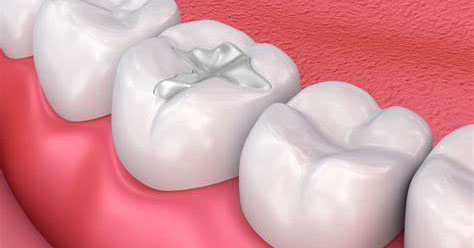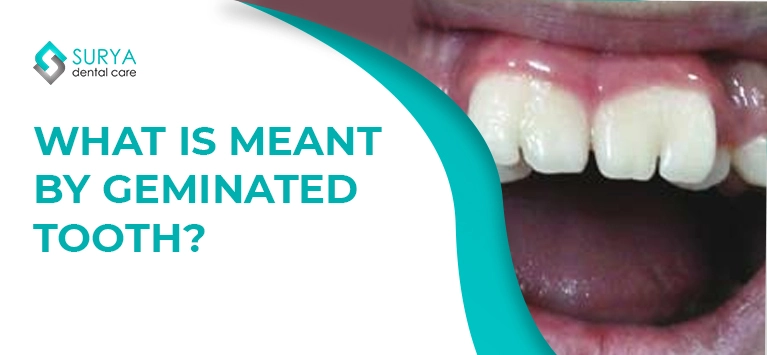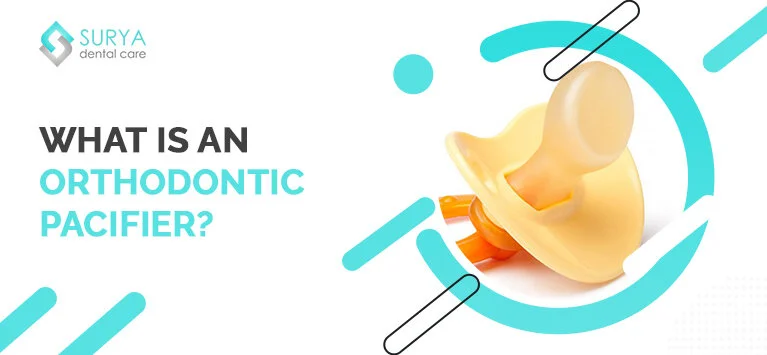
Treating a cavity, an area of decay in a tooth, is a routine part of dental care. There are five types of materials commonly used to fill in space where a cavity has been removed. If you ever need a filling, here’s some helpful information about the different types. You may not always have a choice in the type of filling you need, but if you do, it’s helpful to know the pros and cons of each.
Many options are available for tooth fillings, and all of them have their pros and cons. Types of tooth fillings include gold, silver amalgam (a composite of mercury, silver, and other metals), tooth-coloured composite material, porcelain, and a special type of glass. The best tooth fillings for you will depend on cost, what your insurance may cover, and your aesthetic preferences.
There is a wide variety of materials used for filling cavities and they vary in strength and colour. The two most common types are amalgam and composite.
- Amalgam Fillings: Amalgam has been used by dental professionals for more than a century; it is the most researched material used for filling cavities. Amalgam fillings are strong and are therefore ideal for filling cavities in the back of the mouth such as in the molars, where chewing takes place. Since they are made of a combination of several metallic elements, amalgam fillings can be noticeable when you laugh or smile. These fillings are among the least expensive of all cavity-filling materials.
- Composite Fillings: Sometimes referred to as composites or filled resins, these fillings feature a combination of glass or quartz filler and can be made to match the color of your tooth. Composite fillings are also fairly durable and are ideal for small-to-mid-size restorations in areas of your mouth that perform moderate chewing. Composite fillings are made of a resin and plastic material that is placed into the cavity while it’s soft, then hardened with bright blue “curing” light. It’s a popular choice because it can be matched in colour to the shade of a person’s existing teeth, so it’s not as obvious as a silver amalgam filling. At the same time, though, composite fillings don’t last as long as some other types. They typically need to be replaced every five years or so and they’re pricier than silver.
- Metals: Gold or silver amalgam are the most common metals used for a cavity filling. Gold fillings can cost as much as 10 times more than silver amalgam fillings, but some people prefer the appearance of gold to silver fillings if they want the durability of metal vs. a less-durable composite material. Some people don’t like the appearance of metal fillings, but metal fillings can last as long as 10-15 years before they need to be replaced. The typical silver amalgam filling can last 15 years or more. Silver amalgam also is pretty easy for a dentist to fit into a cavity and there are no concerns that it might become contaminated by blood or saliva.
- Ceramic: A ceramic cavity filling (usually made of porcelain) is tooth-coloured, and it may be less likely to show tooth stains over time than a composite cavity filling. But price is a factor—a ceramic filling can be nearly as expensive as a gold cavity filling. These are made of porcelain and are both durable and aesthetically attractive. Ceramic fillings are more expensive than other types, but they’re more resistant to staining and abrasion than composite resin. The disadvantage of using ceramic instead of a composite is that it’s more brittle and so needs to be larger to prevent it from breaking. This means the area in the tooth must be made larger so there’s room for the extra bulk. These ceramic restorations are typically referred to as inlays or onlays.
- Glass Ionomer: This blend of acrylic and glass is used to create a cavity filling that releases fluoride to help protect teeth. But a glass ionomer cavity filling is less durable than other types, and may need to be replaced in as little as five years. These glass-and-acrylic fillings are good for children whose teeth are still changing. They last less than five years and are significantly weaker than composite resin and more likely to crack or wear out. Traditional glass ionomer does not match tooth colour as precisely as composite resin.


















Leave a Comment